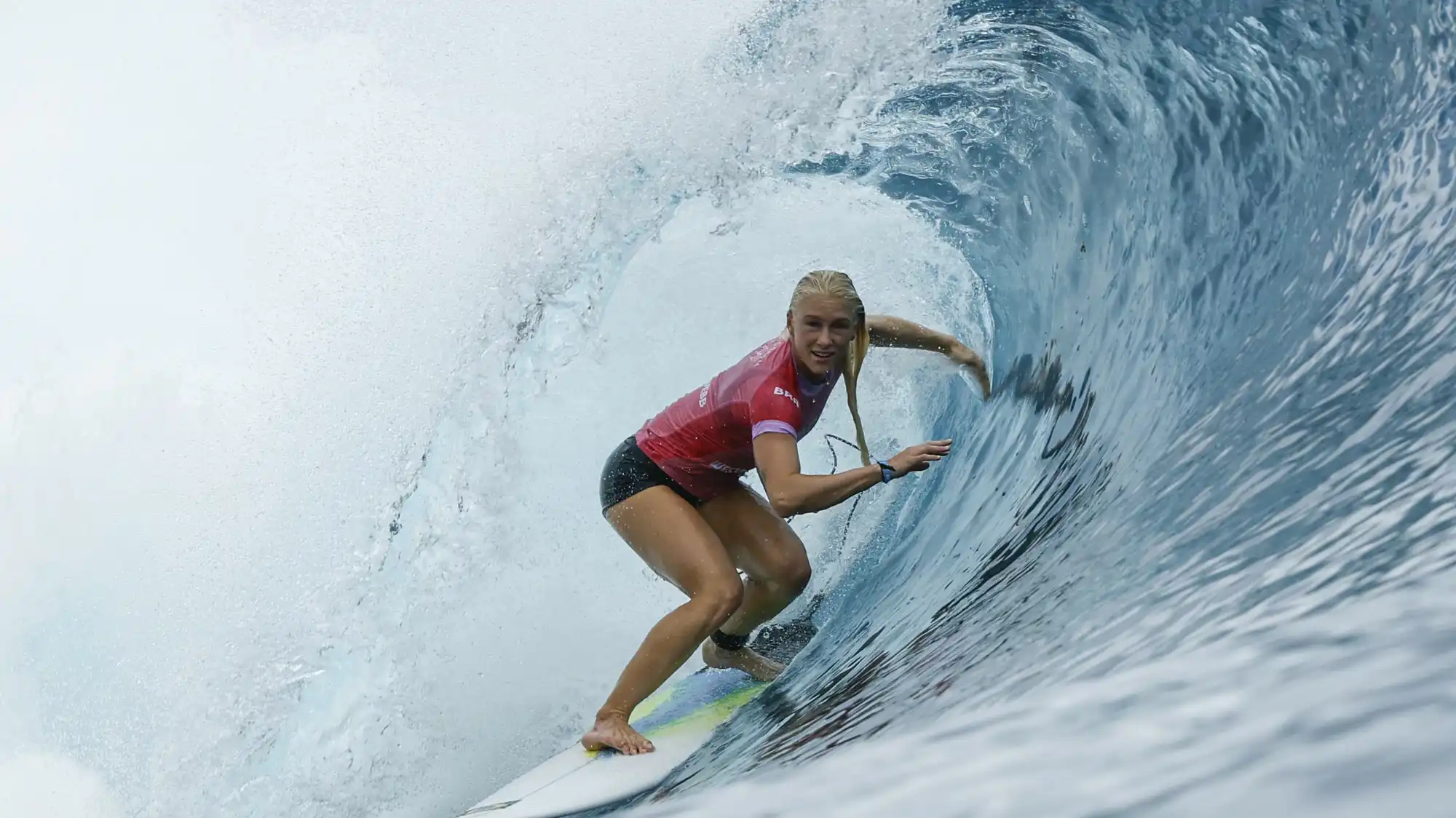Have you ever wondered how the ancient sport of surfing found its way into the modern spectacle of the Olympic Games? As one of the newest additions to the Olympic lineup, surfing has captured the imagination of audiences worldwide, blending the raw power of nature with the grace and skill of the athletes who ride the waves. Originating in Polynesia and popularized in Hawaii, surfing has evolved from a cultural tradition into a global phenomenon, culminating in its debut at the Tokyo 2020 Olympics. The inclusion of surfing not only broadens the appeal of the Games but also highlights the Olympic commitment to diversity and innovation. In this blog post, we’ll explore the journey of surfing from its historical roots to its Olympic debut, examine the unique challenges and thrills it brings to the competition, and discuss the impact of its inclusion on both the surfing community and the broader Olympic movement. Join us as we dive into the exhilarating world of Olympic surfing and discover why it’s making such a splash on the global stage.
The Evolution of Surfing as an Olympic Sport
The inclusion of surfing in the Olympic Games marks a significant milestone in the sport’s history. This decision reflects a broader recognition of surfing’s global appeal and cultural significance. The journey to Olympic recognition was not a straightforward one, involving decades of advocacy and demonstration events. The International Surfing Association (ISA) played a pivotal role in this process, tirelessly working to align surfing with Olympic values and standards.
Criteria for Olympic Inclusion
For any sport to gain Olympic status, it must meet specific criteria set by the International Olympic Committee (IOC). These include:
- Global popularity and participation
- Adherence to Olympic values of excellence, friendship, and respect
- Gender equality in competition
- Organizational structure with a governing body
Surfing met these criteria through its widespread popularity, especially in coastal nations, and the establishment of a structured competitive framework.
Challenges and Triumphs
The path to Olympic inclusion was fraught with challenges. Critics questioned whether surfing, with its reliance on natural elements, could fit into the structured Olympic format. However, proponents argued that surfing’s unpredictability and reliance on nature added to its allure.
The triumph came when the IOC announced surfing’s inclusion in the Tokyo 2020 Games. This decision was a testament to the sport’s growing influence and the successful lobbying efforts of its advocates.
The Olympic Surfing Format
Olympic surfing follows a unique format designed to accommodate the sport’s natural variability. Key elements of the format include:
- Heats: Surfers compete in heats, with multiple athletes in the water simultaneously.
- Judging Criteria: Performance is evaluated based on maneuvers, wave selection, and innovative techniques.
- Wave Pools: While natural ocean venues are preferred, wave pools provide a controlled environment if necessary.
This format ensures a fair competition while maintaining the sport’s essence.
Impact on the Surfing Community
The Olympic spotlight has profound implications for the surfing community. Increased visibility leads to greater interest and participation at grassroots levels. Surf schools and clubs report a surge in enrollment, as aspiring surfers seek to emulate their Olympic heroes.
Moreover, the Olympics provide a platform for surfers from diverse backgrounds, promoting inclusivity and diversity within the sport. This global stage encourages athletes from non-traditional surfing nations to pursue the sport, broadening its reach.
Economic Implications
The economic impact of surfing’s Olympic debut cannot be overstated. Host cities and nations stand to benefit from increased tourism and media exposure. Surfing-related businesses, from equipment manufacturers to apparel brands, experience a boost in sales and brand recognition.
The Olympics also drive investment in infrastructure, such as improved facilities and training centers, which benefit local communities long after the Games conclude.
Environmental Considerations
Surfing is inherently linked to the environment, and the Olympics highlight the need for sustainable practices. Event organizers prioritize eco-friendly measures, such as waste reduction and renewable energy use, to minimize the environmental footprint.
Athletes and fans are encouraged to engage in conservation efforts, raising awareness about ocean health and the importance of preserving natural surf breaks.
Future Prospects for Surfing in the Olympics
Surfing’s successful debut paves the way for its continued presence in future Olympic Games. The sport’s adaptability and appeal suggest it will remain a fixture in the Olympic lineup. Future editions may see innovations in format and technology, enhancing the spectator experience.
Additionally, the inclusion of surfing inspires other action sports to seek Olympic recognition, potentially expanding the Games’ appeal to younger audiences.
Conclusion
Riding the waves into the Olympic spotlight, surfing has cemented its place on the world stage. The sport’s inclusion reflects its cultural significance and growing global influence. As surfing continues to evolve within the Olympic framework, it promises to inspire future generations of athletes and enthusiasts alike.





